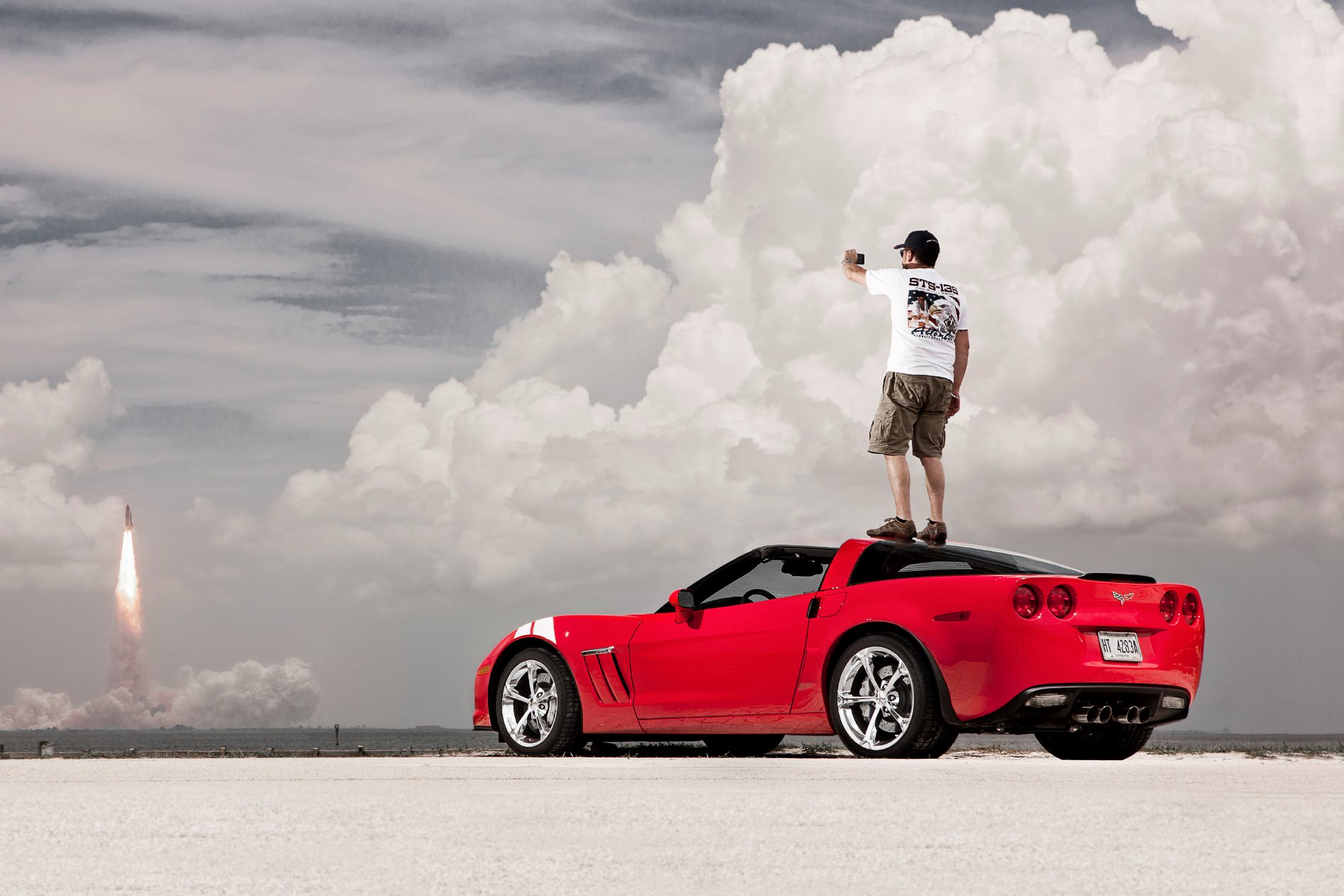Tacho needles see red as we mark the end of an iconic engine with a rev through Mazda’s rotary history.
First published in the October 2012 issue of Wheels magazine, Australia’s most experienced and most trusted car magazine since 1953.
On Friday, June 22, the last Renesis engine was hand-built in Mazda’s surgically clean rotary assembly room at its Hiroshima plant. When the last of 16 through-bolts that sandwich two rotors and housings between three side plates was tightened, a chapter closed. Meanwhile, I was left wondering if history will record that chapter as four decades of 13B rotary engine production, or half a century of the production rotary-engined car…
Looking at the futuristic four-seater coupe with its suicide doors, idling engine humming a unique tune, it’s hard to believe the RX-8 is now a car of the past. But after nine years in production our 2003 Car of the Year was at the end of its life, and tightening emissions standards had its multi-side-port twin-rotor engine backed into a corner.
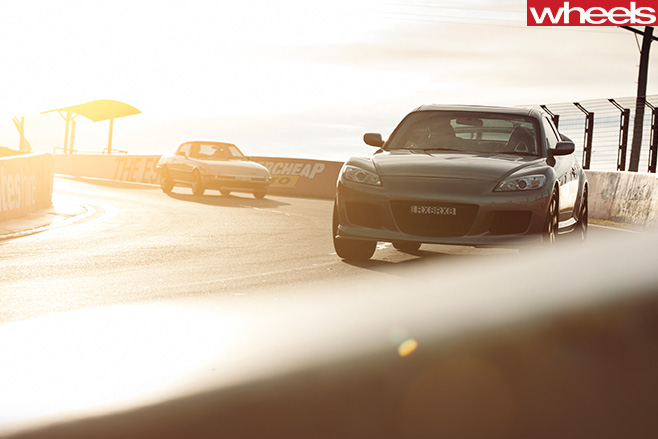
So, does a decade and a half of rotary ownership rule out objectivity? Perhaps. But in the beginning, I could have bought a Skyline, a Commodore … anything. I bought that first ’79 RX-7 because of its exhaust note, because the workings of its engine were so interesting, and because to an 18-year-old me, modified Mazda RXs were just cool. Now, owning and driving rotaries is what I’ve always done; I’m committed to rotaries and if someone – say, a journo colleague – doesn’t like them, I want to change their mind, if only so they don’t miss out on what I think is a uniquely awesome automotive experience. If they’ve tried rotary power and don’t like it, I’m okay with that. Let them go back to their Porsche 911 GT3 … screensaver.

***
AFTER 1967’s flamboyant, high-tech Cosmo Sports – De Dion suspension, rack and pinion steering – the mass-production rotary Mazdas that followed were conservative small/medium sedans and coupes. From R100 through RX-2, RX-3 and RX-4, the early rotaries were powerful for the time, but didn’t really handle. The slow, ungainly, and unpopular RX-5 of 1976-’78 proved the turning point.
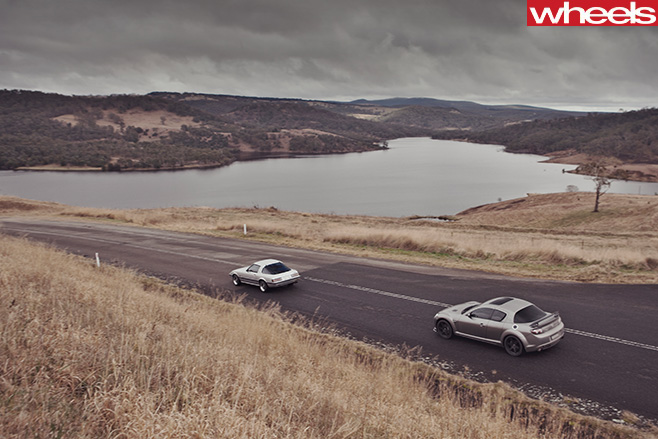
When I started at Wheels, with its succession of new, often high-performance cars, I hoped it wouldn’t render my old Mazda an object of the past. But if it did, what would it matter? I’d be living the dream in ultra high-performance metal that I didn’t have to pay for, right? Erm, not quite. If you’ll forgive the analogy, that would be like expecting meaning from a 15-minute relationship in The Cross…
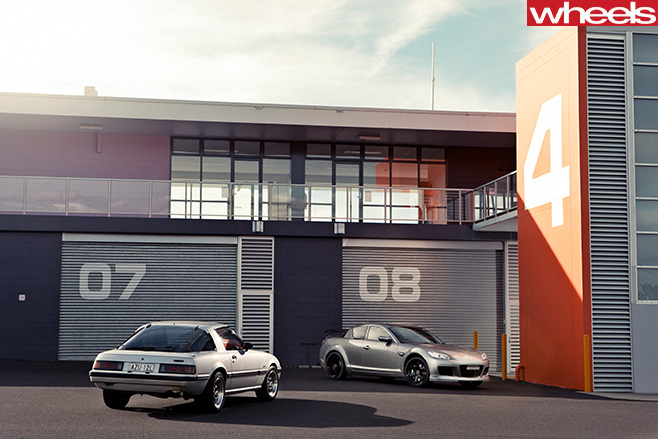
From the cocoon-like confines of the cabin, the original RX-7 feels light and simple. The driving position is right, but the seats are flat, and it’s all a bit ’80s-brown. The engine revs with uncanny smoothness, and kicks at 4000rpm as the carby’s vacuum-actuated secondaries open, sending the tacho towards – and beyond – the shift buzzer and 7000rpm redline with renewed conviction. The eagerness to rev, the loud, raspy exhaust, and the backfires and flames make it feel like a race car, but the reality is it’s not much quicker than a Mazda 2.
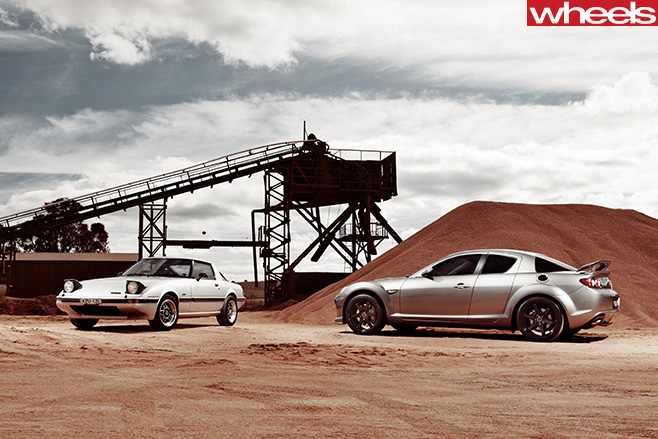
Normally, excellent steering ranks highly on my list of desirable car attributes, but even with chassis tweaks, my RX-7’s unassisted recirculating-ball steering – razor-sharp by early RX standards – is heavy and imprecise compared with anything new-ish. I can live with that, because of the engine…
***
THE RX-8 – no longer on sale – was long gone from the Mazda Oz press fleet. “We’ve found an SP with a badge, a rear wing and a turbo – would that be okay?” Mazda enquired. You beauty, I thought – good luck prising it back from me. One of 10 built, the SP and its Garrett GT3582R turbo should huff, puff and blow away any lingering criticisms (from others) of a lack of torque.
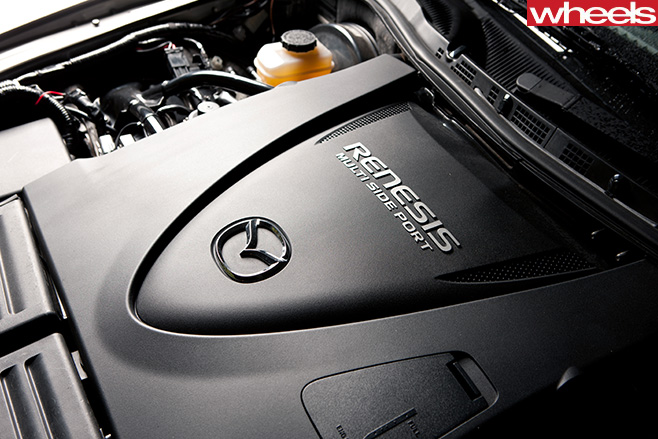
Allan Horsley, recently retired boss of Mazda Motorsport, thought so too. His RX-8 Motorsport was originally conceived as a 2004 Sydney motor show special to generate interest around the then-new rotary. It grew, via our road-going proto, into the flame-belching Targa Tasmania SP, which proved a close match for the outright class Gallardo, Godzilla, et al, in 2011 and ’12.
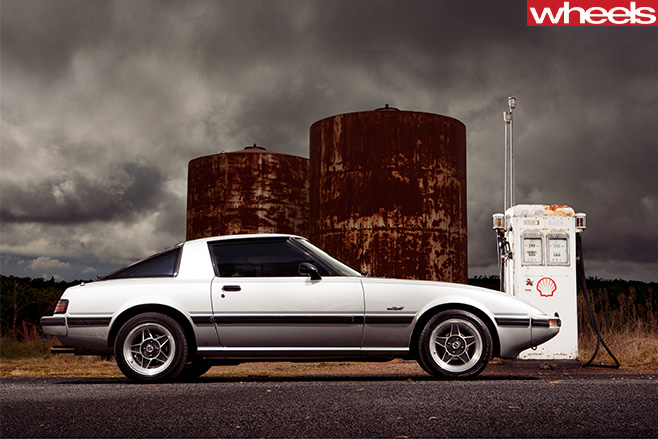
As a teenage rotary fan I was enthused by the dominance of the twin-turbo RX-7s, but I was a bit too young to watch Allan Moffat and his RX-7 making life difficult for Group C Commodores and Falcons in Australian tin-top racing. He drove the flared, noisy, aggro RX-7 to victory in the 1983 Australian Touring Car Championship and gave Mazda its best Bathurst 1000 result – second – the same year.

However, the rotary’s sweetest victory came in the 1991 Le Mans 24-hour, where the naturally aspirated, quad-rotor R26B-powered 787B beat the Walkinshaw Jaguars on the way to becoming the only Japanese maker (and only non-reciprocating engine) to win the French classic.
***
DRIVING THE RX-8 SP reignited a personal debate that I thought I’d resolved when I bought my current RX-7: Which is the ultimate, atmo or turbo rotary power? Of my seven rotaries three were atmo, three were turbo, and one started out carburetted before being injected and turbocharged. It’s a difficult decision: the purity and linearity of the rotary torque curve and exhaust note are preserved with atmospheric induction. But the appeal of an engine that revs hard, spinning a turbo at high speeds with its forceful exhaust, which in turn forces air into the engine is … powerful. The Targa Tassie SP is rumoured to produce 300kW.

Thank the engine, too, for the fact that the RX-8 is one of the best handling cars this side of the mega-buck exotics. More than any RX-7, it wraps the benefits of that small, light, front-mid-mounted engine in a terrifically well-sorted chassis. The electro-mechanical steering is slick and accurate, the balance and adjustability are sublime, and it does it without stiff springs and dampers, which allows it to glide over rough roads. Some of that compliance is lost in the RX-8 GT, introduced with the updated 2008 model, which brought stiffer Bilstein suspension, even greater dynamic capability, and another conundrum for me…
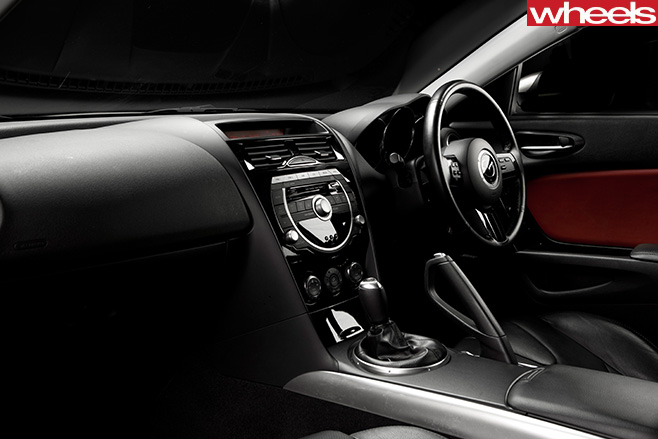
Today, those mixed feelings are gone. The RX-8 handles better, and is both more fun and more practical than any RX-7 since the original. Here’s hoping that its Renesis 13B doesn’t turn out to be the last rotary. Either way, it will be the last built around core dimensions that date back to the original Cosmo 10A engine, and that, among other qualities, marks it as a modern classic.
There’s an RX-8 in my future, but what does its maker’s future hold? I can only hope there’s a rotary in it. It’s as important to Mazda’s identity as it is to mine.





